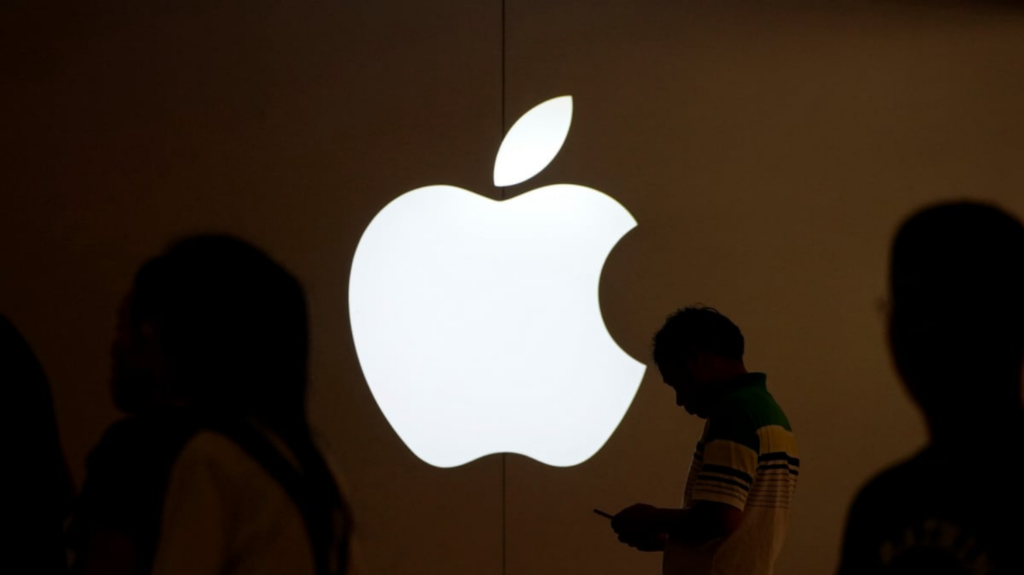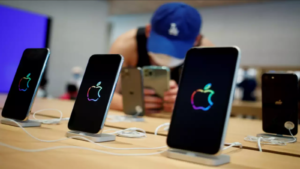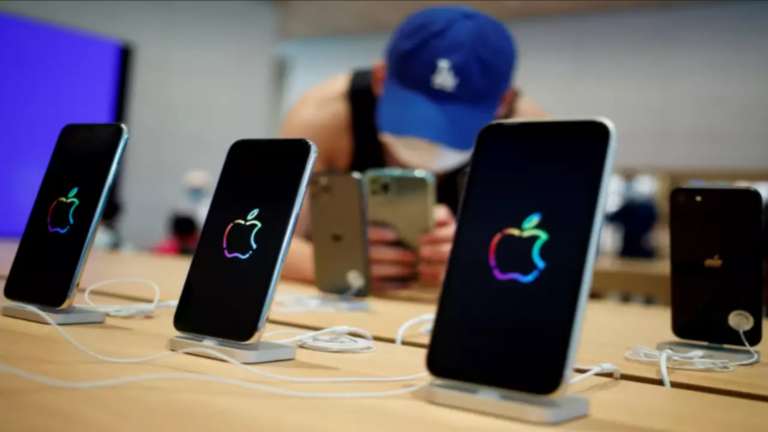Major iPhone assemblers for Apple are expected to receive approval to participate in a $6.6 billion stimulus program aimed at bolstering manufacturing in India, according to sources familiar with the matter. This move signifies a significant shift for the world’s most valuable company as it seeks to diversify beyond China. The government is set to approve a plan, with a target of attracting $150 billion in mobile phone production over the next five years, in a cabinet meeting on Wednesday.

Sources, requesting anonymity, revealed that Apple’s primary supplier Foxconn, along with peers Wistron and Pegatron, have been cleared by a high-powered government committee. These companies, responsible for manufacturing nearly every iPhone sold globally, currently operate extensive factories primarily in China. The Production Linked Incentive program (PLI) will offer increasing manufacturing incentives annually to entice major smartphone brands to produce in India and export globally.
Apart from Apple’s contractors, Samsung is the only other foreign company applicant for the five allocated slots. Notably absent are China’s leading phone manufacturers Huawei and BBK, which produces brands like Oppo and Vivo. With increasing trade tensions between the US and China, India is positioning itself as an attractive alternative for global brands looking to reduce reliance on China.

The government’s strategic move is seen as an effort to lure Apple into significant iPhone manufacturing in India, with the expectation that a broader ecosystem will follow suit. The next five years are anticipated to witness a transformative shift in electronics manufacturing, potentially positioning India as a new hub comparable to China.
Hari Om Rai, chairman and founder of Lava, India’s largest domestic phone maker, expressed optimism about India becoming a significant player in phone manufacturing. Lava, along with other Indian phone makers like Karbonn and Dixon, is applying for manufacturing incentives. The incentive program imposes investment and production targets on foreign manufacturers, while Indian phone makers have no such restrictions.

The government aims to increase the manufacturing base of major players like Apple and Samsung manifold through the incentive scheme. Credit Suisse estimates that India could attract an additional 10 percent of global handset production in the next five years. While India remains the world’s second-largest handset market with room for domestic sales growth, the government’s long-term vision is to become a global manufacturing powerhouse to rival China, with a focus on exports. Pankaj Mohindroo, chairman of India Cellular and Electronics Association, anticipates that the incentive scheme will transform India into the top or second-largest mobile manufacturing hub by 2025, attracting not only major manufacturers but also smaller sub-assemblers and component makers.














